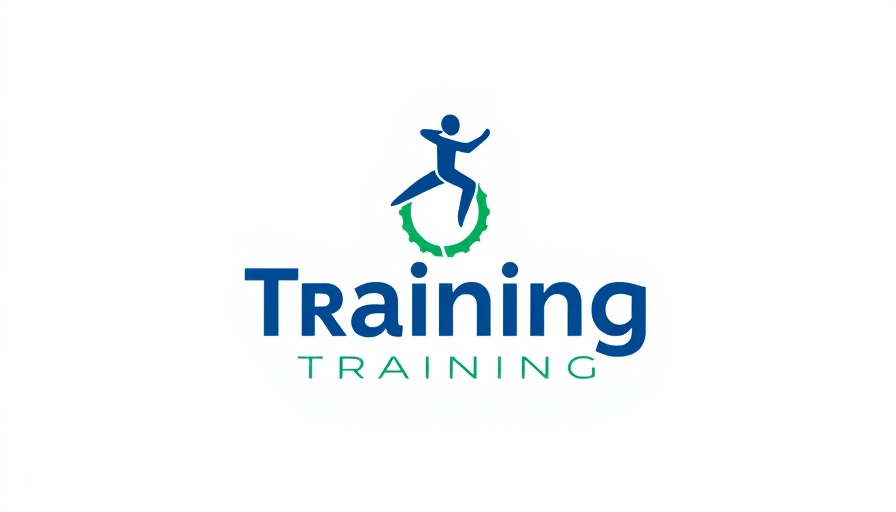
The Connection Between Training and Productivity
In today’s competitive landscape, companies must focus on harnessing their greatest asset: their workforce. It’s no secret that effective training and development programs can significantly raise organizational productivity. Research indicates that organizations investing in robust training solutions not only meet their business objectives but also cultivate a motivated and highly engaged workforce.
Unlocking Potential Through Development
Training isn’t just about teaching—it’s about creating a culture of continuous improvement and learning. Employees become more capable and confident as they gain new skills. Not only does this enhance their performance in individual tasks, but it fosters collaboration in team environments as well. As one insightful quote states, “The beautiful thing about learning is that no one can ever take it away from you.” This sentiment rings particularly true in corporate environments where the retention of knowledge can lead to long-term growth and loyalty.
Facing Challenges Head-On: The Cost of Training
While it is clear that training programs are beneficial, they can also lead to challenges, particularly with regard to project deadlines. Employees taken away from their tasks for training sessions can disrupt workflows, potentially leading to missed deadlines. This underscores the importance of implementing flexible training management solutions. By allowing employees to engage in training during less intensive workloads, companies can maintain productivity without sacrificing their developmental goals.
Maximizing Efficiency with Training Management Software
Modern training management solutions, especially cloud-based software, offer numerous benefits that can enhance training programs. These software solutions not only provide ease of access but also allow for the training of multiple employees simultaneously, leading to efficiency gains. Highlights of these solutions include consistent quality deliverables and reduced employee attrition rates, ultimately translating to a more stable and competitive workforce.
Creating a Culture of Learning
Incorporating training and development into the organizational culture impacts employee satisfaction and retention. This culture changes how employees perceive their workplace—if they feel supported in their growth, they are more likely to remain loyal and engaged. Workshops focused on communication and leadership can help build these competencies within the workforce and encourage leaders to cultivate their teams effectively.
Conclusion: Investing in Future Success
The conclusion is clear: prioritizing training and development significantly influences workplace productivity, employee engagement, and organizational loyalty. To harness these benefits, organizations must invest in flexible training procedures and management systems that adapt to the needs of their employees. As companies look to the future, the need for effective, engaging, and comprehensive training programs remains paramount.
To learn more about how to implement the best corporate training for your team, explore innovative training methodologies that align with your business goals. Investing in your team’s growth is investing in your company’s future.
 Add Row
Add Row  Add
Add 




Write A Comment